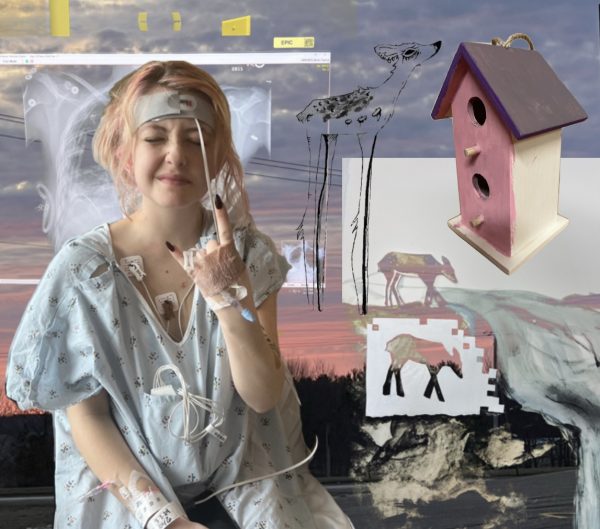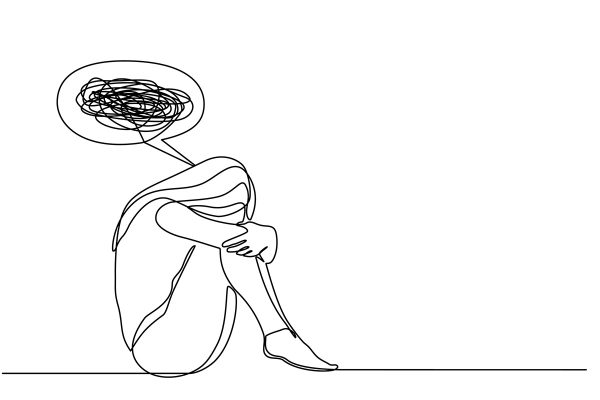Construction is great, but don’t forget about green spaces
After all this construction on campus, I’ve begun to wonder if UW-Eau Claire would ever have the same lush, green mall that it once did. For roughly the past year and a half, the mall went from being a lush oasis (more or less), to trees being chopped down, to being almost completely blocked off, to just a large patch of mud and snow.
The lack of green on campus made me a little blue, and I wondered if campus would still look that way for my last year here. But happily, it looks like the mall is going to be a green space, only with smaller trees.
It’s not only campus that has construction currently going on or slated, but quite a bit of the city of Eau Claire. In a few years, Eau Claire may look a lot different than it does now.
But then, I’m always a bit apprehensive about any major construction projects. I understand that usually the end project of any major construction (i.e., buildings going up, art centers being planned) is going to be nice, but I tend to worry about the lack of prettiness that comes with the construction process and the potential loss of a space that maybe was once a nice, unadulterated green space.
It seems that more often than not, construction projects seem to overlook the importance of trees and grass in the design and opt for cutting them down. In fact, green spaces (parks, little community gardens, heck, even a few trees in an unused patch of land) are equally important to a city as buildings, roads and parking spaces are. Too often, developers, city planners and citizens overlook the importance of a green space. Besides just looking nice, there are other benefits to greenery in our cities.
In recent years there have been studies done to examine the health benefits green spaces offer. According to the University of Delaware’s report, “Human Benefits of Green Spaces,” these spaces can help reduce stress and reduce violence. The report goes on to say green spaces can also help boost concentration of those in the space.
“Voluntary attention, the exhausting focus required to ignore distractions and remain intensely devoted to work or study must be employed throughout the traditional workday,” the report states, adding that involuntary attention is a more enjoyable, effortless way of taking in the environment.
The report also said, “Focusing on natural scenes gives voluntary attention a rest and allows involuntary attention to take over and recharge the human psyche.” So perhaps the campus mall and the surrounding greenery aren’t just there to make Eau Claire Wisconsin’s most beautiful campus, but to give us students a little extra attention boost?
Of course, there are more potential health benefits green spaces, or at least greenery, can provide. Studies done in places like the Netherlands and Japan show that citizens with easy access to green spaces have better health and lower mortality rates.
Roger Ulrich, a professor at Texas A&M University, has studied the benefits of green spaces. In his paper “Health Benefits of Gardens in Hospitals,” Ulrich states, “many views of vegetation or garden-like features elevate levels of positive feelings (pleasantness, calm), and reduce negatively toned emotions such as fear, anger, and sadness. Certain nature scenes effectively sustain interest and attention, and accordingly can serve as pleasant distractions that may diminish stressful thoughts.”
Ulrich has done studies on surgery patients and how window views can affect recovery. The findings showed that those who looked at trees, rather than a brick wall, remained in the hospital for a shorter time, had weaker painkillers, and had fewer post surgical complications.
There are a myriad of other benefits to green spaces in cities, including raising property values and preventing erosion.
Maybe it’s my rural background, but I feel that green spaces are immensely beneficial to a community. It looks like some people in Eau Claire think so too. The Eau Claire Health Chapter created a comprehensive plan in 2012 to help boost the health of the city, and part of that plan includes a parks objective that aims to “help improve community appearances, property values, and quality of life.”
While Eau Claire is doing pretty well, it’s always important that nature be considered in any future designs.









